Crowntail Betta The Majestic Fish
The Crowntail Betta fish, where beauty reigns supreme. With its regal appearance and intricate fin structure, the Crowntail Betta is a true gem of the aquatic realm.
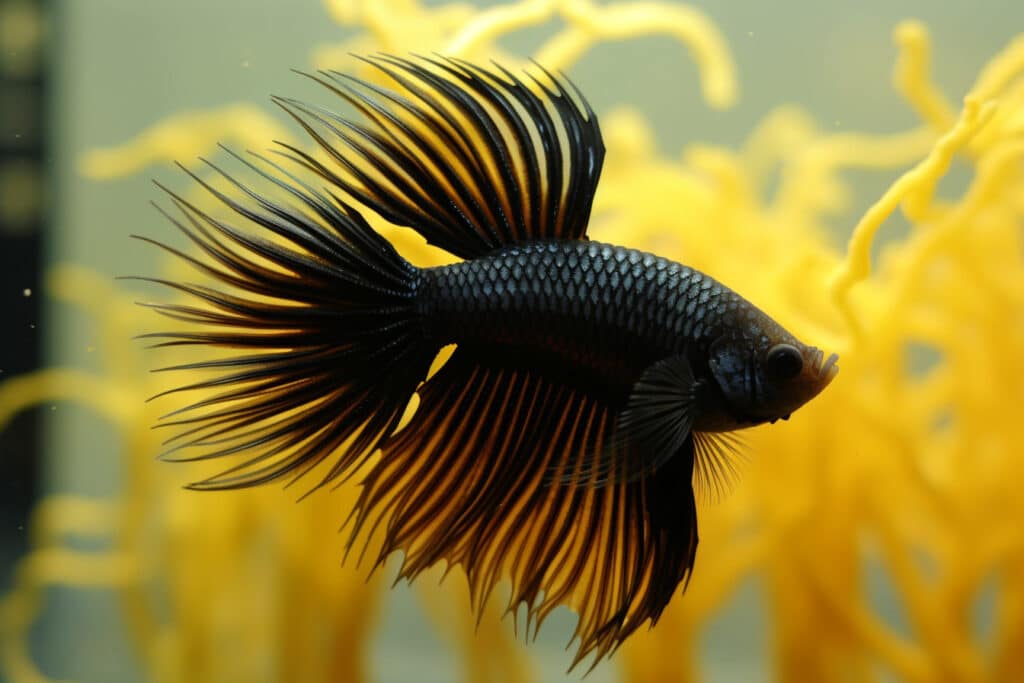
Imagine an underwater spectacle of vibrant colors, flowing fins resembling a majestic crown, and a captivating presence that demands attention.
In this blog post, we will dive into the mesmerizing world of the Crowntail Betta, exploring its stunning characteristics, care requirements, and the secrets to keeping these magnificent creatures happy and healthy.
Get ready to embark on a journey filled with elegance, grace, and the undeniable allure of the Crowntail Betta fish.
Table of Contents 🦑
Crowntail appearance
The Crowntail Betta, known for its stunning appearance, is generally a small fish that reaches a maximum size of around 2.5 to 3 inches in length. While the size may vary slightly depending on genetics and individual factors, this species typically maintains a compact and graceful stature.
Its most striking feature is its elaborate fins, which resemble a regal crown. The fins are characterized by long, slender rays that extend outward, creating a unique and ornate look. The webbing between the rays is minimal, giving the fins a delicate and lacy appearance.
The body of the Crowntail Betta is typically slim and streamlined, allowing it to move effortlessly through the water.
The fish comes in a variety of vibrant colors, including shades of red, blue, green, and even metallic hues. Some Crowntail Bettas display stunning color combinations, with their fins and body complementing each other in a harmonious blend.
When the fish is relaxed, the fins may be held close to the body, but when it becomes excited or feels threatened, it can be flared out in an impressive display of dominance.
With their regal appearance and graceful presence, Crowntail Bettas are truly a sight to behold.
Crowntail Betta Stands Out from the Other Betta Fish Species
The Crowntail betta is truly a standout among other betta species due to its unique and striking features. What sets the Crowntail apart is its distinct finnage, characterized by long, flowing fins with a serrated edge resembling a regal crown.
Unlike other betta fish types with more traditional fin shapes, the Crowntail’s fins exhibit a mesmerizing appearance, creating an aura of elegance and grace. The web reduction between the rays of its fins creates a beautiful “spiky” effect, enhancing the fish’s overall beauty.
With their vibrant colors and dramatic finnage, Crowntail bettas are a truly visual spectacle that captures the attention and admiration of aquarists and betta enthusiasts worldwide.
Crowntail Betta Typical Behavior
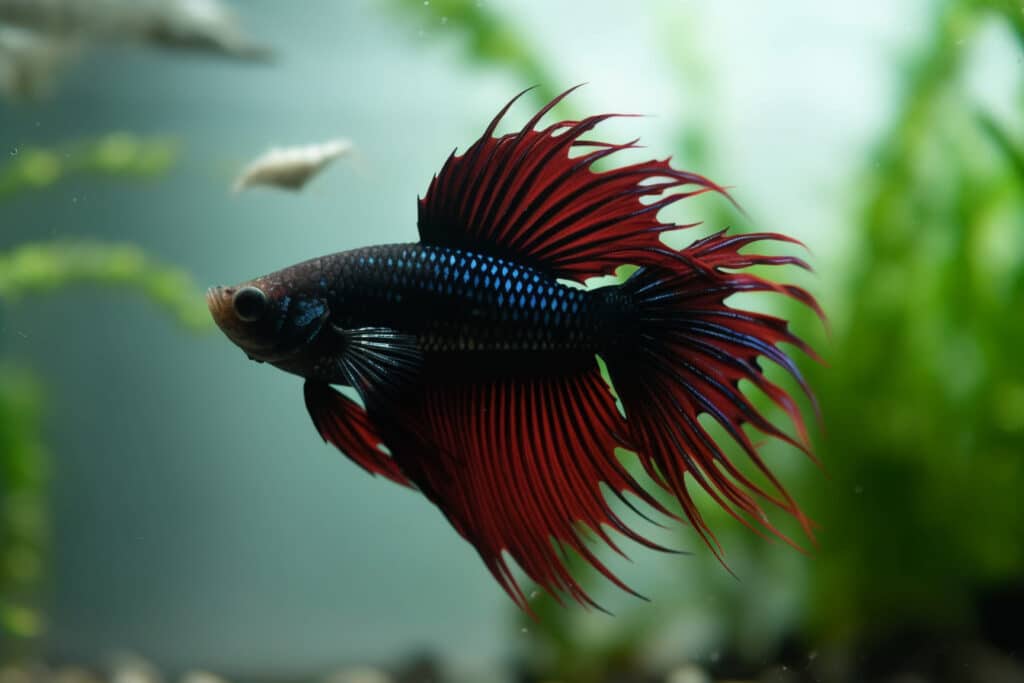
These fish are known for their lively and charismatic behavior, making them a joy to observe.
Crowntail Bettas gracefully navigate through the water, showcasing their agility and elegance. But don’t let their regal demeanor fool you – these feisty fish can be quite active and curious! They love to explore their surroundings, investigating every nook and cranny of their aquarium kingdom.
Sometimes you might catch them flaring their magnificent fins, displaying their dominance and asserting their territory. And let’s not forget their occasional moments of playfulness, as they chase after small insects or even their own reflections.
With their captivating behavior, Crowntail Bettas are sure to keep you entertained and enthralled, adding a touch of aquatic charm to your home.
The Majestic Habitat of The Crowntail Betta
Deep in the heart of Southeast Asia, in the lush and vibrant waters, lies the natural habitat of the Crowntail. This colorful character, also known as Betta splendens or Siamese fighting fish, calls the freshwater realms it’s home.
Amongst the swaying aquatic plants and meandering currents, the Crowntail Betta thrives, displaying its magnificent fins and brilliant colors. It gracefully navigates the intricate maze of submerged vegetation, engaging in its solitary existence. Surrounded by a diverse community of freshwater fish, this remarkable creature holds its ground with its feisty demeanor.
Witness the splendor of the Crowntail Betta in its natural habitat, where it reigns supreme as a true freshwater beauty.
Crowntail Betta Fish with Tank Mates
When it comes to tank mates, Crowntail betta fish have a unique temperament that needs careful consideration.
While some bettas may tolerate the presence of other fish, it is generally recommended to keep them alone or with compatible mates.
Crowntail bettas are known for their long and delicate fins, which can make them vulnerable to fin-nipping from more aggressive or fin-nipping fish species.
Ideally, if you choose to introduce tank mates, opt for peaceful, non-aggressive fish that prefer similar water conditions.
Additionally, ensure the tank is spacious enough to provide territories for each fish and plenty of hiding spots to reduce stress.
Remember, observing the behavior and compatibility of your community tank is crucial, as the well-being and safety of your Crowntail betta should always be the top priority.
5 Fabulous Tank Mates For Crowntails
When considering mates for your Crowntail betta fish, it’s important to choose peaceful companions that won’t harm or stress out your betta. Here are five suitable tank mates that can coexist harmoniously with Crowntail bettas:
Neon Tetras: These small, colorful schooling fish are peaceful and active, making them a popular choice to accompany bettas.
Corydoras Catfish: Known for their bottom-dwelling nature, Corydoras catfish are peaceful and can help keep the tank clean by scavenging for food particles.
Harlequin Rasboras: These small, peaceful fish have striking colors and are known for their schooling behavior, which can create a visually appealing display in the aquarium.
Mystery Snails: These peaceful and low-maintenance snails can help keep the tank clean by eating algae and leftover food.
Dwarf Gouramis: With their peaceful temperament and vibrant colors, dwarf gouramis can make good mates for Crowntail bettas. However, it’s essential to monitor their behavior and ensure adequate space in the tank to prevent any aggression.
Remember, even with compatible tank mates, it’s crucial to closely observe the interactions and be prepared to make adjustments if any aggression or stress occurs.
Culinary Delights for the Royal Crowntail
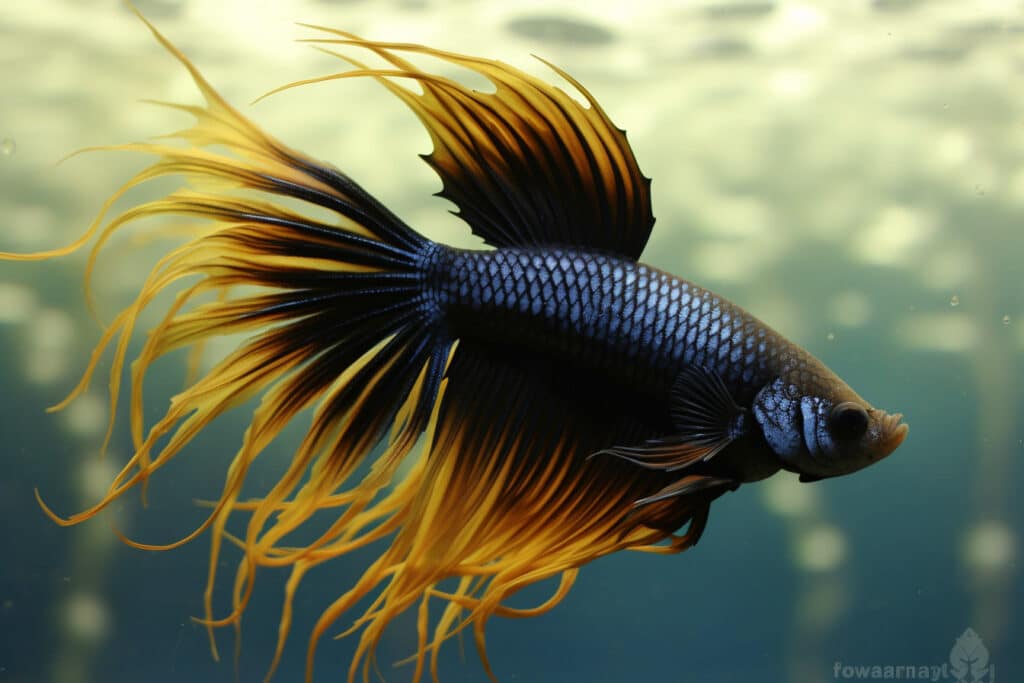
These finned foodies have quite the palate, delighting in a diverse menu that satisfies their nutritional needs and tickles their taste buds.
From high-quality betta pellets to frozen treats like brine shrimp and daphnia, these Crowntail connoisseurs appreciate a well-rounded and delicious diet. Just like a gourmet chef, you can experiment with different food options to keep your Crowntail entertained and satisfied. But beware, they can be quite the picky eaters, so be sure to cater to their discerning taste.
With their majestic crowns and epicurean appetites, Crowntail bettas are the true connoisseurs of the aquatic world!
Feast Like a Finned Royalty!
Treat your Crowntail with these fantastic food choices. From pellets to freeze-dried delights and even a touch of veggie goodness, we’ve got you covered.
Get ready to provide your betta with a well-rounded and flavorful diet. Let’s dive into the world of Crowntail cuisine and discover the feast that awaits our aquatic royalty
Betta Pellets
These specially formulated pellets are designed to provide balanced nutrition for Crowntail bettas. Look for high-quality pellets that are rich in protein and contain essential vitamins and minerals.
Betta Flakes
Elevate the dining experience for your regal Crowntail Betta with specially crafted flake food. These royal aquatic companions deserve nothing but the finest, and Crowntail Betta Flake Food delivers on that promise.
Freeze-Dried Foods
Treat your Crowntail to freeze-dried options like bloodworms, brine shrimp, and daphnia. These tasty treats provide variety in their diet and can be a special indulgence for your betta.
Frozen Food
Frozen food is another great option to add variety to your Crowntail betta’s diet. You can find frozen bloodworms, brine shrimp, and other small aquatic organisms in your local pet store. Thaw them before feeding to ensure your betta can easily consume them.
Live Foods
If you’re feeling adventurous, you can offer live foods to your Cowntail. Popular options include live brine shrimp, mosquito larvae, and blackworms. Live foods can provide enrichment and mimic their natural hunting instincts.
Vegetable
While Crowntail bettas are primarily carnivorous, you can offer them small portions of blanched and finely chopped vegetables like spinach or peas. These can provide fiber and contribute to a well-rounded diet.
Remember to feed your Crowntail small portions a few times a day to prevent overfeeding and maintain their health. It’s important to observe their eating habits and adjust their diet as needed to ensure they’re getting the nutrition they need to thrive.
Tips for a Happy and Healthy Betta Buddy!
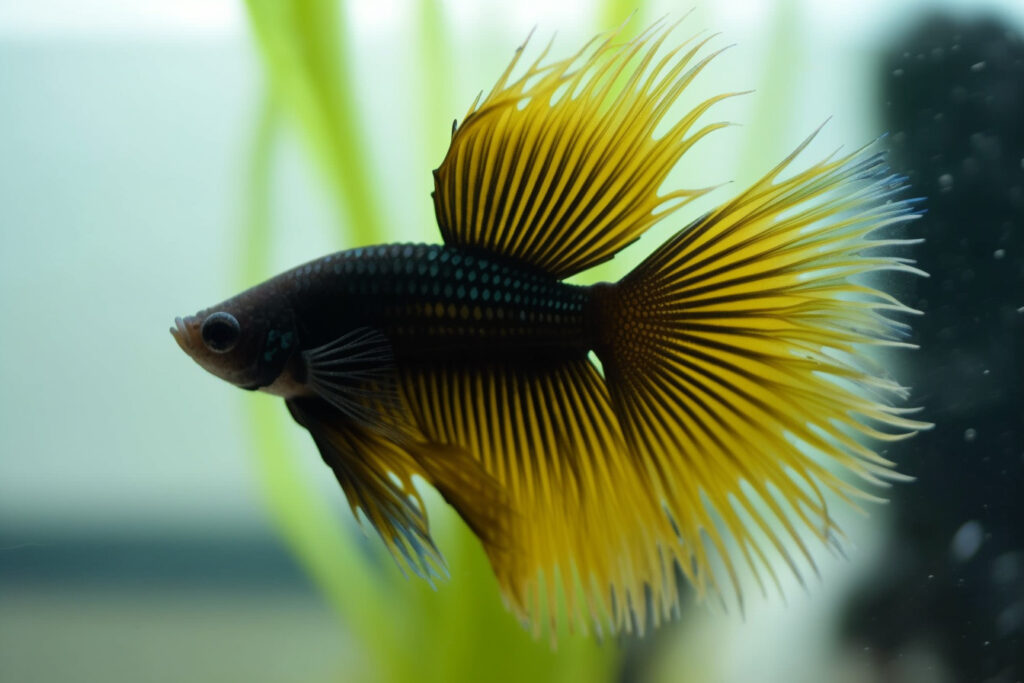
Keeping your Crowntail in tip-top shape is a rewarding and enjoyable experience.
With a little TLC, you can ensure your fishy friend lives a long and happy life. Start by providing a spacious tank with plenty of room for swimming and exploring.
Keep the water clean and well-filtered, maintaining the ideal temperature and pH levels for your crowntail’s comfort.
Don’t forget to decorate the tank with live or silk plants, creating a vibrant and stimulating environment.
As for their diet, offer a varied menu of high-quality betta pellets, frozen or live foods, and the occasional treat. Remember to observe your crowntail’s behavior closely, as they are known for their unique personalities.
If any health issues arise, be sure to consult a knowledgeable fish veterinarian. By giving your Crowntail betta the care they deserve, you’ll be rewarded with their stunning fin displays and joyful demeanor.
Crowntail Betta Care 101
Tank: Provide a spacious tank with a minimum size of 5 gallon tank. A larger tank is even better as it allows for more swimming space.
Water: Maintain a clean and well-filtered aquarium. The water temperature should be around 78-80°F (25-27°C), and the pH level should be between 6.5 and 7.5.
Decorations: Include hiding spots, such as caves or plants, to create a sense of security for your Crowntail. Silk or live plants can also add beauty and mimic their natural habitat.
Substrate: Use a soft substrate, like gravel or sand, to create a natural environment and prevent any potential injury to your betta’s delicate fins.
Filtration: Install a gentle filter that provides adequate water circulation without creating strong currents that can stress your betta. Ensure the filter is properly maintained to keep the water clean and clear.
Lighting: Provide a suitable lighting system, preferably with a timer, to establish a day-night cycle for your betta.
Feeding: Offer a balanced diet consisting of high-quality betta pellets as the staple food. Supplement their diet with occasional treats like freeze-dried or frozen foods, such as bloodworms or brine shrimp.
Water quality: Regularly monitor water parameters and perform partial water changes to maintain optimal water quality. Aim for weekly water changes of around 20-25% to remove accumulated waste and toxins.
Maintenance: Keep up with regular tank maintenance tasks like cleaning the tank, checking equipment, and ensuring proper water temperature and filtration.
Observation: Spend time observing your Crowntail betta’s behavior and health. Look out for any signs of illness or distress, such as loss of appetite, lethargy, or fin damage.
Remember, providing a suitable and enriching environment is key to keeping your Crowntail betta happy and healthy. Regular care, attention, and interaction will foster a strong bond between you and your finned friend.
Healing Your Crown Betta Fish Like a Superhero!
Crown Betta fish, like any other living creature, can experience health issues.
While they are generally hardy and resilient, there are some common possible diseases Crowntail bettas could get. These can include fin rot, ich (white spot disease), velvet disease, bacterial infections, and swim bladder disorder.
If you detect any of the mentioned symptoms or suspect that your Crown Betta fish may be experiencing health issues, it is important to take immediate action. Here are some steps you can take:
Quarantine: If you have multiple fish, isolate the affected betta in a separate quarantine tank to prevent the spread of any potential diseases to other fish.
Research and identify: Research the specific symptom or disease you suspect your betta may have. This will help you understand the appropriate treatment and care required.
Water quality: Ensure that the water parameters in the tank are optimal. Perform regular water changes, maintain proper filtration, and monitor the temperature and pH levels.
Consult a veterinarian: If the symptoms persist or worsen, it is advisable to seek advice from a veterinarian experienced in fish health. They can provide a proper diagnosis and recommend the necessary treatment.
Follow treatment protocols: If you choose to treat the fish yourself, carefully follow the recommended treatment protocols for the specific condition. Use medications, water conditioners, or other remedies as directed.
Monitor and observe: Keep a close eye on your betta during the treatment process. Monitor their behavior, appetite, and any changes in symptoms. Adjust the treatment as needed.
Remember, early detection and intervention are key to ensuring the health and well-being of your Crown Betta fish. By taking prompt action and providing appropriate care, you can give your fish the best chance of recovering and thriving.
Breeding Crowntail Bettas From Courtship to Crown
Get ready to witness the magic of courtship dances, bubble nests, and adorable fry as we take you through the step-by-step process.
From setting up the perfect love nest to observing the mesmerizing mating rituals, we’ll equip you with all the knowledge and tips you need to become a Betta matchmaker extraordinaire.
So grab your fishy love arrows and let’s embark on this exciting journey of bringing new generations of Crowntail beauties into the world!
How To Know If Your Bettas Are Ready To Breed
To determine if your Crowntail bettas are ready to breed, you need to observe certain behavioral and physical cues.
Look for signs of readiness such as the male Crowntail bettas building a bubble nest, the female displaying vertical stripes or a swollen belly, and both fish exhibiting courtship behaviors.
Additionally, ensure that both bettas are in prime breeding condition, with good health and appropriate age. It’s important to carefully monitor their behavior and create the ideal breeding environment to increase the chances of successful mating.
Things To Consider Before Breeding Crowntail Bettas
Before you embark on breeding Crowntail bettas, there are several key things you should know.
Firstly, understand the genetic traits and characteristics of Crowntail bettas to ensure you have a clear breeding goal in mind. Research and learn about the specific care requirements for breeding bettas, including water parameters, temperature, and feeding.
It’s essential to have separate breeding tanks for the female and male bettas, as well as a properly prepared spawning tank for the actual breeding process.
Understand the importance of conditioning the breeding pair by providing them with a nutritious diet and optimal living conditions. Lastly, be prepared for the responsibility and challenges that come with breeding, such as caring for the fry and finding suitable homes for them.
By being well-informed and prepared, you can increase the chances of a successful breeding experience.
10 Successful Breeding Tips
From setting up the perfect love nest to observing the mesmerizing mating rituals, we’ll equip you with all the knowledge and tips you need to become a Betta matchmaker extraordinaire.
So grab your fishy love arrows and let’s embark on this exciting journey of bringing new generations of Crowntail beauties into the world!
Set up a breeding tank: Prepare a separate tank specifically for breeding. It should be at least 10 gallons in size, equipped with a heater to maintain a temperature around 78-82°F (25-28°C), and a gentle filter to provide water circulation without strong currents.
Condition the breeding pair: Select a healthy female and male Crowntail Betta with vibrant colors and strong finnage. Condition them separately with high-quality live or frozen foods to enhance their overall health and readiness for breeding.
Introduce the pair: Place the male and female in separate compartments within the breeding tank, allowing them to see each other and become familiar. This helps stimulate their breeding instincts.
Monitor behavior and courtship: Watch for signs of courtship, such as the male betta building a bubble nest at the water’s surface. He may also display intense colors, flare his fins, and make intricate movements to attract the female’s attention.
Introduce the female: Gently release the female into the breeding tank. The male may begin to chase her, displaying his courtship behavior. Keep a close eye on their interaction to ensure the female is not overly stressed or injured.
Observe spawning and egg laying: Once the female is receptive, the male will embrace her in a “nuptial embrace” and release sperm to fertilize the eggs. The female will then release the eggs, which the male will catch and place into the bubble nest.
Remove the female: After spawning is complete, remove the female from the breeding tank to prevent aggression or injury from the male.
Care for the eggs and fry: The male will tend to the eggs and fry, guarding the bubble nest and ensuring they have a safe and suitable environment. Maintain optimal water conditions and provide infusoria or baby brine shrimp as food for the hatched fry.
Separate the fry: Once the fry are free-swimming and independent, usually after about a week, transfer them to a separate rearing tank to prevent cannibalism and facilitate their growth.
Provide proper care: Continue to monitor water quality, temperature, and feed the fry with appropriate food for their age. As they grow, you can gradually introduce larger food options.
Important! While breeding Crowntail betta fish can be an exciting and rewarding experience, it’s important to approach it with caution and responsibility.
Breeding bettas requires thorough knowledge and preparation to ensure the health and well-being of both the parents and the offspring.
It can be a time-consuming and demanding process, requiring careful monitoring of water conditions, and temperature, and providing proper nutrition.
Additionally, finding suitable homes for the fry can be a challenge, as overcrowding can lead to stress and poor growth.
It’s crucial to understand that not all bettas are suitable for breeding, and attempting to breed them without proper knowledge and resources can have negative consequences.
Before deciding to breed Crowntail bettas, take the time to educate yourself, seek advice from experienced breeders, and ensure you have the necessary time, resources, and commitment to provide the best care for both the parent fish and the fry.
In conclusion
the Crowntail Betta fish is an extraordinary and captivating species that continues to captivate fish enthusiasts with its stunning appearance and unique finnage.
From its regal crown-like tail to its vibrant colors, the Crowntail Betta never fails to make a splash in any aquarium.
By understanding the specific needs of the Crowntail Betta, providing a suitable tank setup, and offering a nutritious diet, you can create an optimal environment for these majestic fish to thrive.
Whether you’re a seasoned aquarist or a beginner fish enthusiast, the Crowntail Betta is sure to bring joy and beauty to your aquatic world.
Thank you for joining us on this exploration of the fascinating world of Crowntail Betta fish. We hope that this journey has provided you with valuable insights, useful tips, and an appreciation for the unique beauty and charm of these incredible fish. Happy betta-keeping!

Delighted to have you here at BettaReef! This place is a treasure trove of knowledge about Betta fish, Betta Care, Health, Gear, and much more from the wonders of aquatic life. My journey in this fascinating world began when I was just 8, and now, as a seasoned hobbyist, I’m here to help fellow Betta enthusiasts create a thriving Betta environment for a healthy life.
I’m committed to delivering high-quality content, backed by a stringent editorial process. Each product review is based on real-life usage and practical analysis, ensuring that you get insights and advice that truly matter.
Related Blog Posts:

The Majestic Crowntail Betta Fish
Swim To 🤿 Home Crowntail Betta The Majestic Fish The Crowntail Betta fish, where beauty
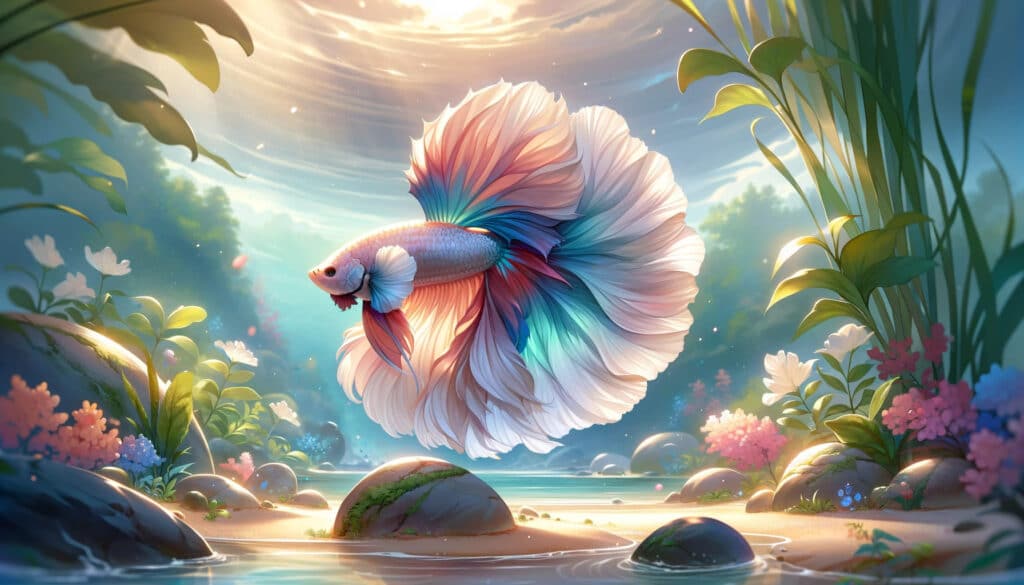
Unveiling Halfmoon Betta Fish Beauty
Home Halfmoon Betta Fish: Caring Tips And Fun Facts As one of the most popular
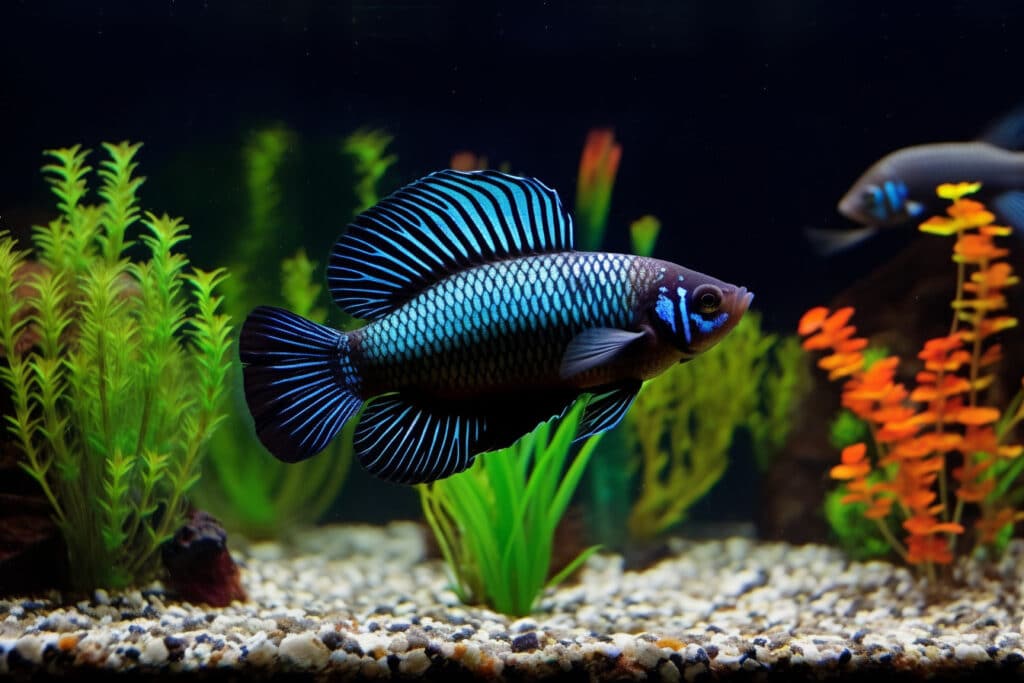
Betta Imbellis
Betta Imbellis The Beauty of The Crescent The world of Betta Imbellis, also known as
